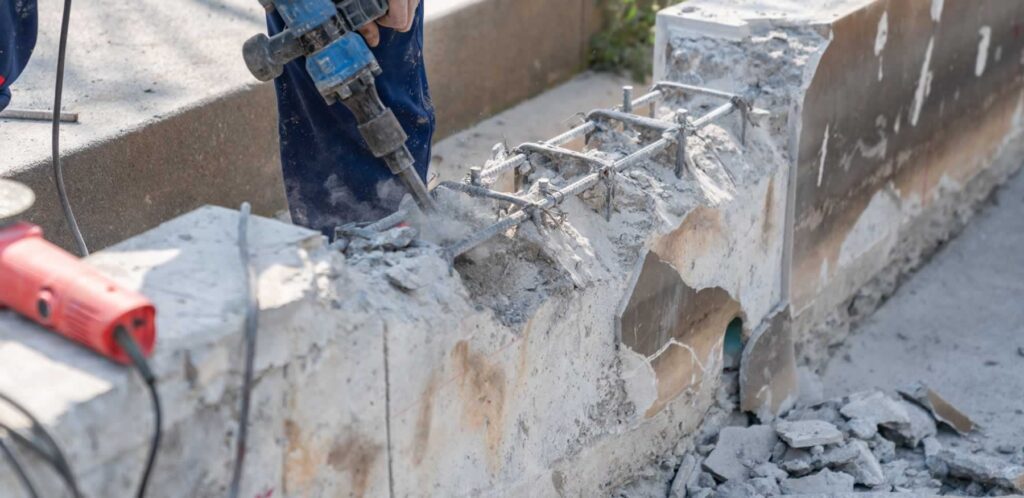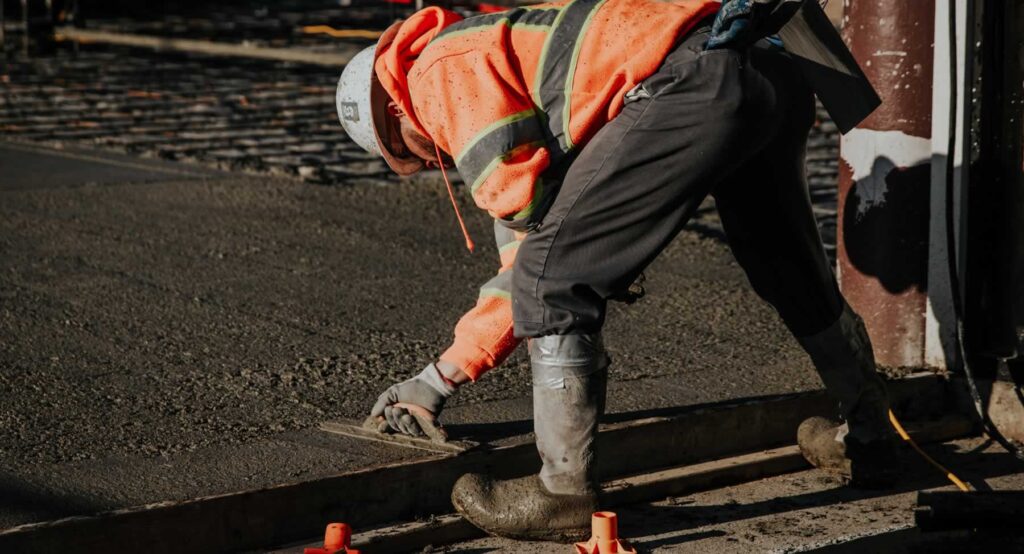Concrete is a durable and versatile material used in various applications, from driveways and sidewalks to patios and foundations. However, even the sturdiest concrete surfaces can suffer from wear and tear over time. Recognizing when it’s time to replace concrete can save you money, enhance the safety of your property, and improve its overall appearance. Here’s a comprehensive guide to help you determine when it’s time to replace your concrete surfaces.

Signs That Indicate It's Time to Replace Concrete
- Cracking
Small cracks in concrete can often be repaired, but if you notice large, deep cracks that run across the surface or form patterns, it might be time for a replacement. Extensive cracking can indicate underlying structural problems that repair alone may not resolve. - Heaving and Settling
Concrete surfaces that are uneven, or that have sunken or lifted areas, can be a sign of foundational issues or soil movement. Heaving and settling can compromise the structural integrity and safety of the concrete, making replacement a more viable option than repair. - Scaling and Spalling
Scaling refers to the flaking or peeling of the concrete surface, while spalling involves the chipping away of the surface layer. These issues are often caused by poor-quality concrete, excessive moisture, or freeze-thaw cycles. If scaling or spalling is widespread, replacing the concrete may be necessary. - Discoloration
Significant discoloration or staining can affect the appearance of concrete, making it look unattractive. While surface cleaning or staining might resolve minor discoloration, extensive color changes may indicate deterioration that warrants replacement. - Crumbling Edges
The edges of concrete slabs can deteriorate due to exposure to the elements or physical damage. If the edges are crumbling and the damage extends beyond superficial wear, it may be time to consider a replacement. - Drainage Issues
Poor drainage can lead to water pooling on the surface of concrete. Over time, this can cause erosion, cracks, and further damage. If drainage problems are persistent and affecting the integrity of the concrete, replacement may be necessary to address the underlying issue. - Excessive Wear and Tear
High-traffic areas or surfaces subjected to heavy loads can experience significant wear and tear. If your concrete surface shows signs of excessive damage, such as large worn-out patches or significant deterioration, replacement might be the best solution.

Benefits of Replacing Concrete
- Enhanced Safety: Replacing damaged concrete can eliminate tripping hazards, improve slip resistance, and ensure a safer environment for pedestrians and vehicles.
- Improved Aesthetics: New concrete surfaces can dramatically enhance the visual appeal of your property, increasing curb appeal and overall value.
- Increased Durability: New concrete can be installed with modern materials and techniques that offer better resistance to weather, wear, and other environmental factors.
- Cost-Effectiveness: While replacing concrete may seem like a significant expense, it can be more cost-effective in the long run compared to repeated repairs and maintenance.
Conclusion
Deciding when to replace concrete involves assessing the extent of damage, evaluating the impact on safety and aesthetics, and considering long-term benefits. If you’re unsure about the condition of your concrete surfaces, consulting with a professional can provide you with expert advice and guidance. By addressing issues promptly and opting for replacement when necessary, you can ensure that your concrete surfaces remain functional, safe, and visually appealing for years to come.
